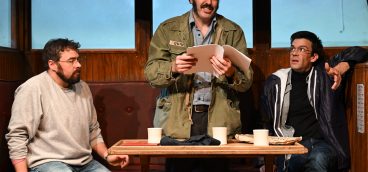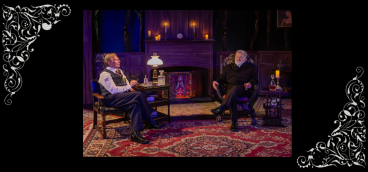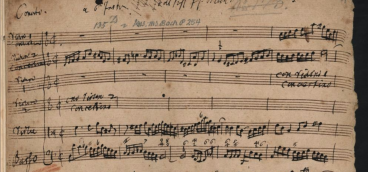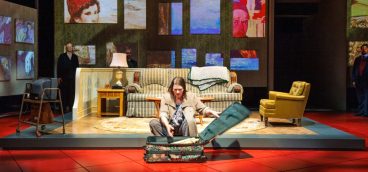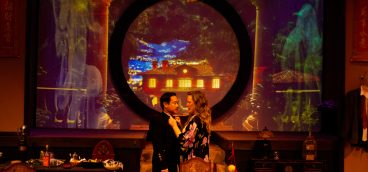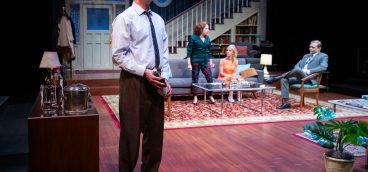Gorson Bio and an Exhibit at The Westmoreland
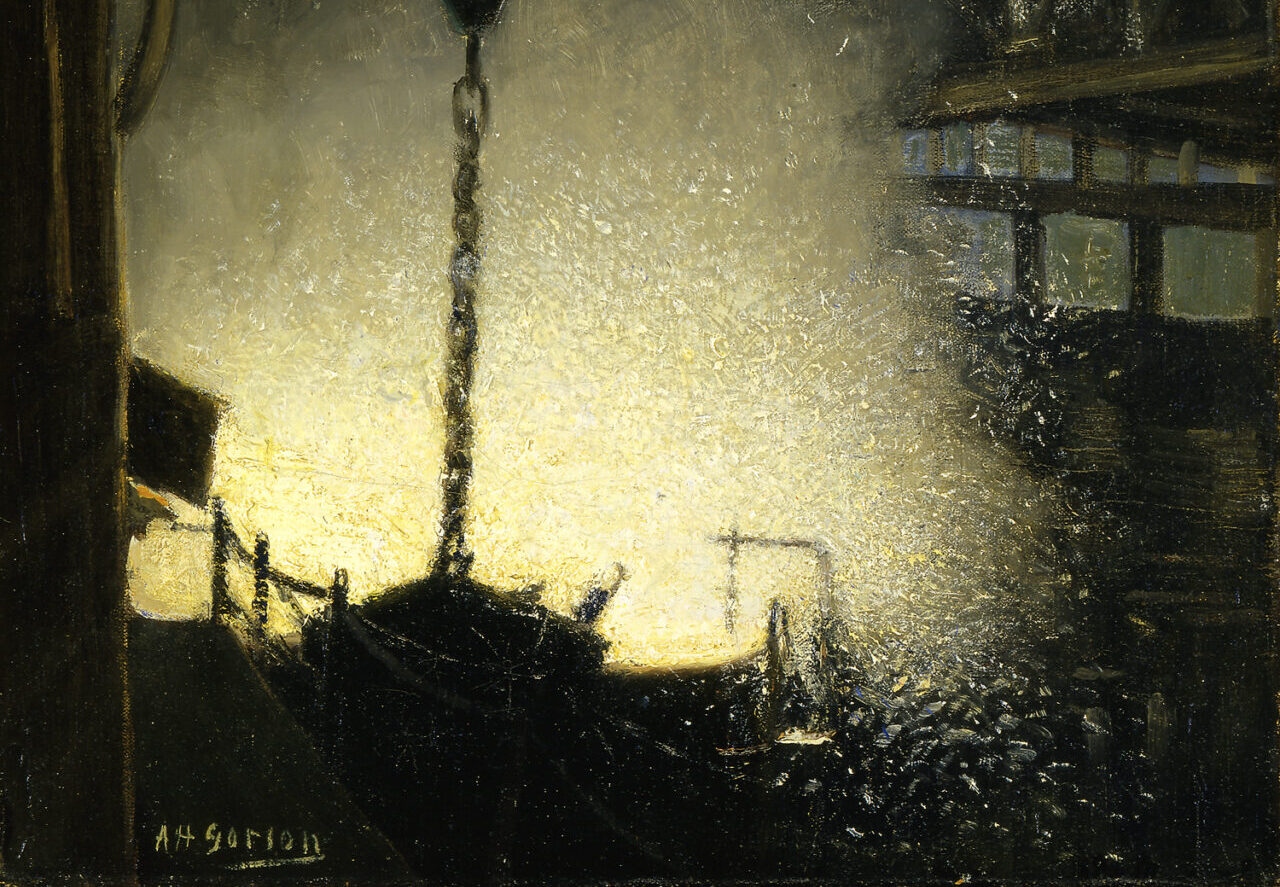
The first two decades of the 20th century were an extraordinary time for Pittsburgh and for the whole world that bought the steel produced in western Pennsylvania’s mills. The Pittsburgh region dominated the world in the production of steel, and that new alloy utterly changed civilization as the new century advanced. The cars, trucks, rails, bridges, skyscrapers and airplanes that heralded a new society all relied on steel.
Into this furnace of invention and production came Aaron Gorson, an immigrant Jewish portrait painter who moved from Philadelphia to Pittsburgh in 1903 after receiving a commission from the congregation of Rodef Shalom Synagogue. Gorson painted two major works depicting scenes from the Hebrew Bible, then stayed to continue painting portraits on commission. He fell in love with painting the steel mills and continued that work for almost two decades.
Gorson’s introduction to the spectacle of American steelmaking at night came at a place in Pittsburgh called Boyd’s Hill, now known as The Bluff and now the site of the campus of Duquesne University. Boyd’s Hill is also the spot where James Parton, writing for Atlantic Monthly in 1868, gave Pittsburgh the sobriquet that would stick with the city for the next century and a half: “Hell with the lid taken off.” Parton and Gorson and countless others were captured by the glory and the power of Pittsburgh’s mills at night, a sight that stuns with its fiery beauty.
I came from Philadelphia to Pittsburgh almost exactly 100 years after Gorson, and I, too, was quickly captured by the character and the compelling narrative of the place. So, when I recently got the chance to research and write the biography of Aaron Gorson, I took it as another opportunity to absorb the region’s rich history. Not long into the process, I came to greatly appreciate the strength of Gorson’s work as an artist. The biography of his life and work will be published in the spring of 2026 by Lyons Press, an imprint of Globe Pequot Press. It will carry a full array of photographic reproductions of the work of Gorson and his contemporaries.
During his 18 years in Pittsburgh, Gorson painted scores of mill and river scenes, many of them at night, showing the bright fires of the mills with a rich buildup of yellow/silver paint at the center of the images. This technique, called “impasto,” became the signature element of his work. His paintings were bought by local collectors and still reside with the museums, institutions and art aficionados of western Pennsylvania. By the time he left Pittsburgh for New York in 1921, Gorson had become one of the leading industrial artists.
When I was researching industrial art at The Westmoreland Museum of American Art in Greensburg, museum director Silvia Filipinni-Fantoni and the museum’s chief curator asked me if I could put together a small Gorson exhibit for their first-floor Robertshaw Gallery. That exhibit, entitled Works by Aaron Harry Gorson, Words by Maxwell King, opened in late February and will run until November. It captures a brief view (10 paintings) of Gorson’s career, from Philadelphia to Pittsburgh to New York.
To give a feel for Gorson’s particular strengths, I’ll close with a passage from the biography, entitled “Fire in the Night Sky”:
As Gorson focused more and more on painting mill sites, he instinctively gravitated toward night scenes. Gorson developed his own distinctive palette of dark grays, blues, purples and gray-greens to capture the feel of the hulking mill structures in the night sky; and he used similar colors to bring the rivers to life. But the truly extraordinary part of Gorson’s approach was his use of bright yellow and gold and silvery white to capture the feel of the blast-furnaces’ explosive light. When he added to this a consummate skill in the use of silver and a yellowish-gray tinge to show the course and movement of the river water in front of the mill buildings, he created powerful impressionistic works that defined the artistic interpretation of steelmaking.



